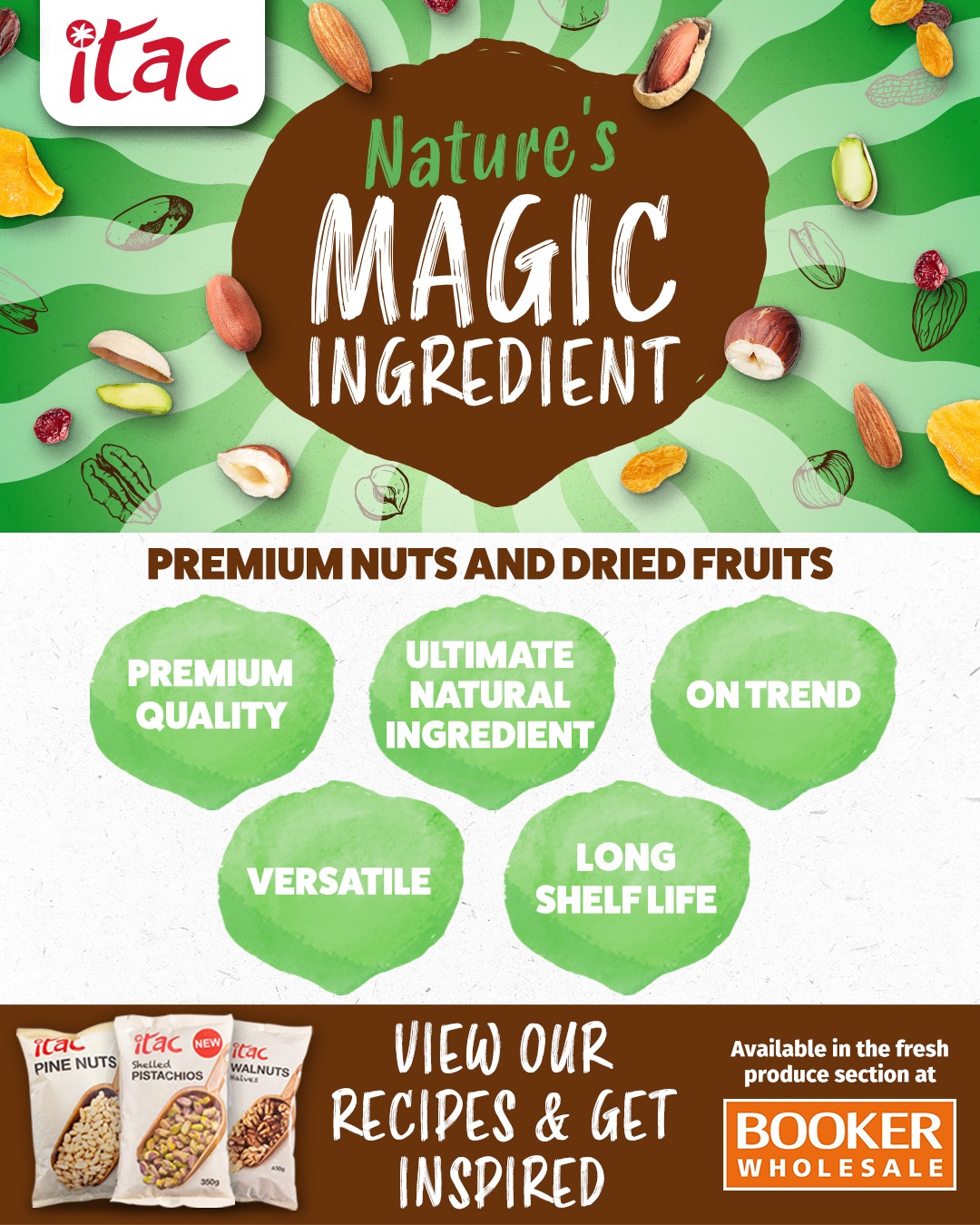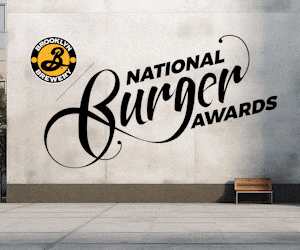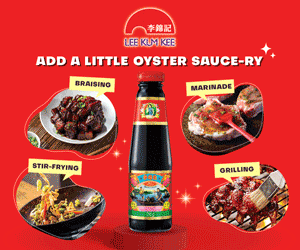Hilton introduces carbon labelling at scale

Hilton has become the first UK hotel company to introduce carbon labelling at scale, allowing guests across more than 30 venues to make more informed food and beverage (F&B) choices.
Developed alongside sustainability expert Klimato, each dish is now marked with a low, medium or high rating using a graduated green scale, based on each menu item's carbon footprint per serving.
Almost half of the dishes served at participating hotels, which are located in cities such as London, Liverpool, Leeds and Newcastle, have been given a 'low impact' rating in line with the United Nations Sustainable Development Goals (UNSDGs).
The carbon labelling supports Hilton's global Travel with Purpose strategy, reducing the operational footprint of Hilton hotels and allowing guests to travel more sustainably. The launch coincides with Travel With Purpose Week – an annual week of service for Hilton's more than 450,000 team members worldwide to spend time giving back to their communities.
Monitoring impact
Since the initiative was first introduced on menus back in May, hotels have been recording insights based on guests' dining choices. Early findings suggest the introduction of the system has led to a shift in guest behaviour, with low- and medium-footprint dishes proving particularly popular.
Now, the group's newly launched autumn menu features an increased proportion of low- and medium-labelled dishes, which make up more than 85% of the menu. Guests looking to enjoy a low-impact meal can opt for gochujang cauliflower wings to start, followed by a butternut squash risotto or a posh fish finger sandwich. For dessert, the salted caramel affogato (pictured) is a good low-impact option. This three-course meal results in a 1.2kg CO2e output, which is lower than the average UK meal.
As the brand continues to respond to customer preferences, some dishes containing items with a higher carbon footprint have been replaced with multiple lower-carbon alternatives. This includes the newly launched chicken, mushroom and tarragon and celeriac and wild mushroom pies, both of which have a medium footprint instead of high.
The menu's signature smash cheeseburger has also been updated with a more climate-friendly iteration, featuring a single patty instead of a double, complemented by smoked cheddar, BBQ relish, ranch dressing and a medley of vegetables. This leads to a 2.3kg CO2e reduction in the dish's carbon footprint.
Emma Banks, vice president of F&B strategy and development, comments: "We know our guests are as passionate about reducing their environmental footprint as we are, and we're always looking for ways to help them on that journey. Carbon labelling is an easy way to empower guests to make more informed choices, and we're delighted to say they're already embracing these insights – whether that's by opting for an ultra-low emission dish, or simply reducing the frequency with which they order dishes with a higher carbon footprint."














